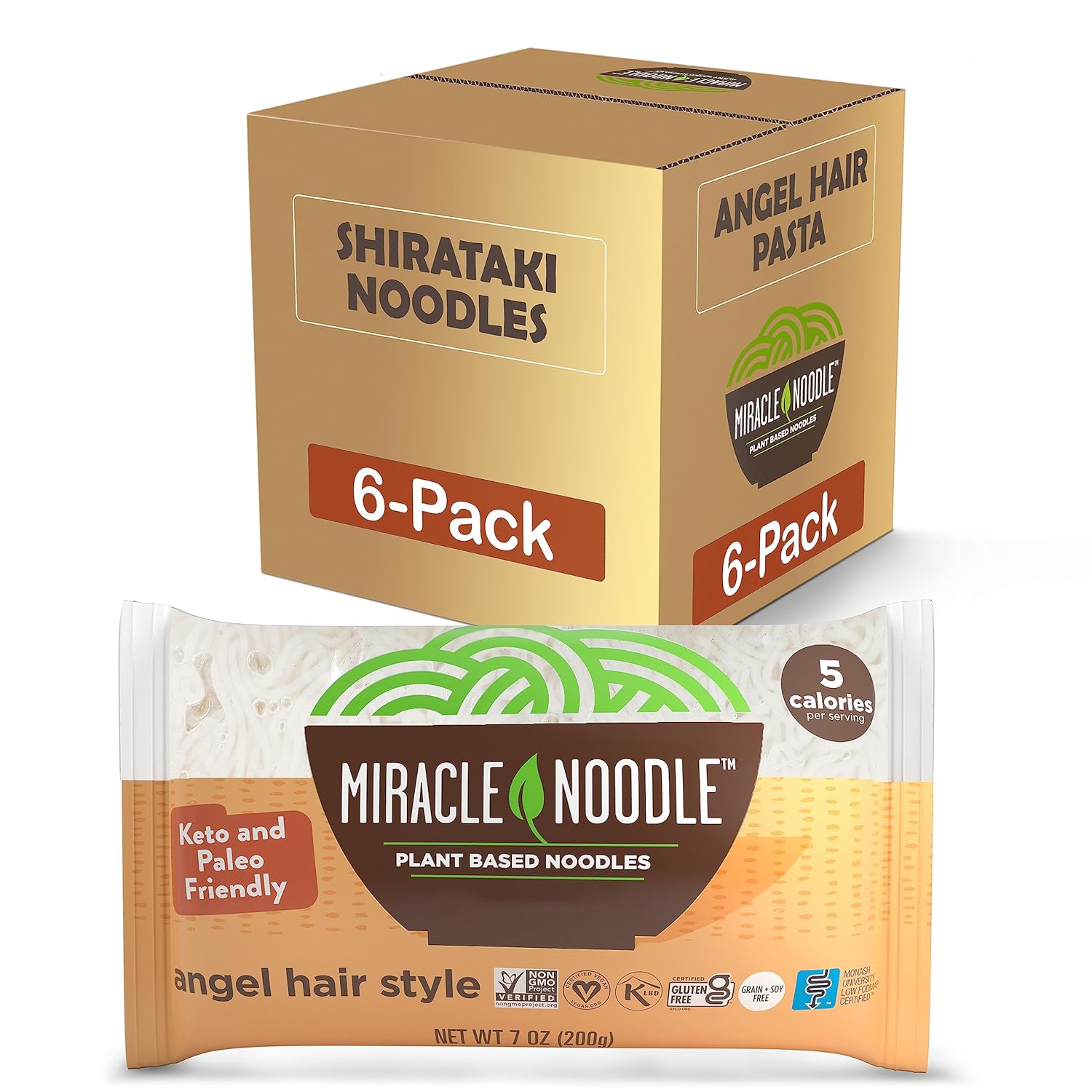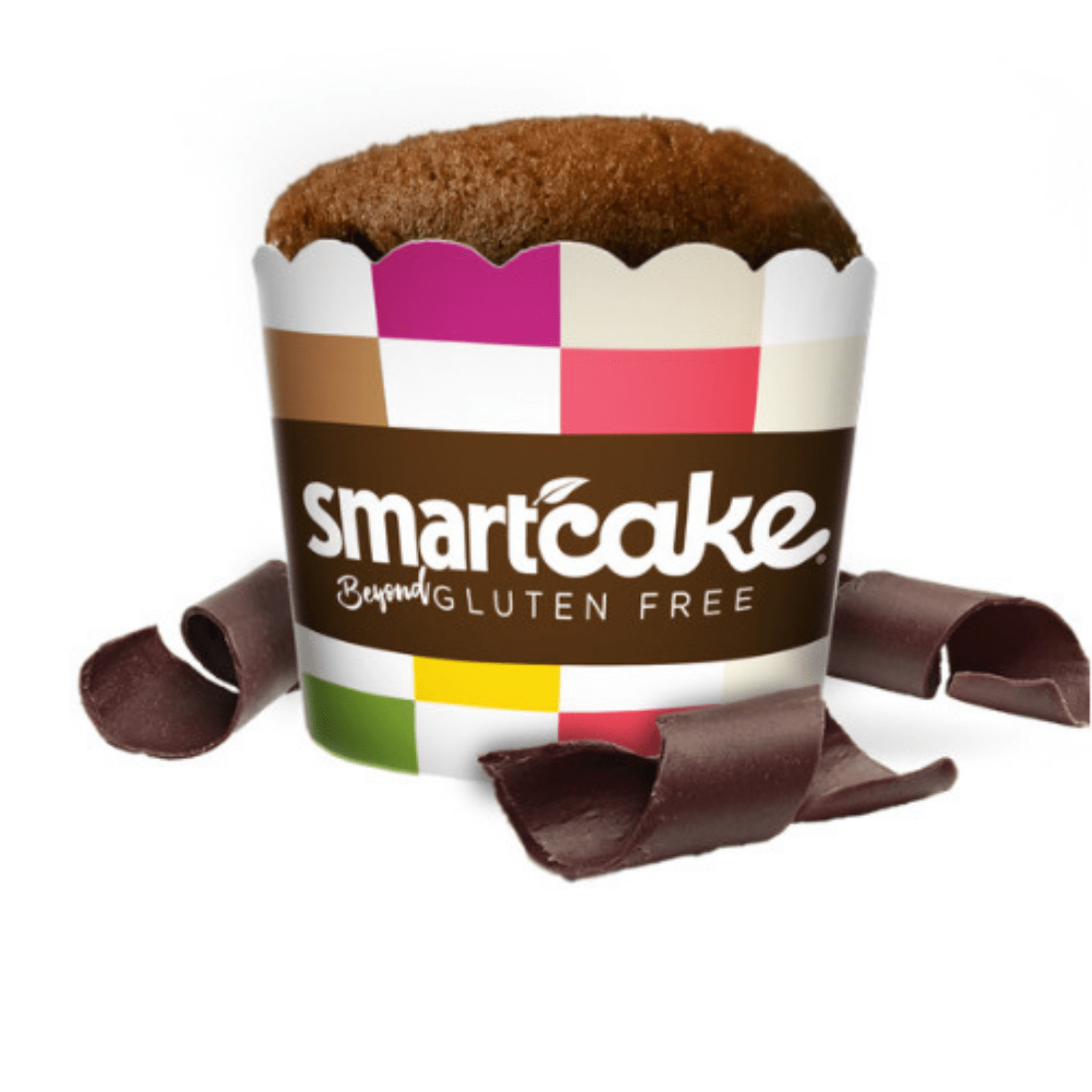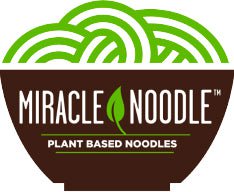Transform an ordinary—some would say unappetizing—vegetable into a fermented, spicy dish that tickles all the taste buds and you get kimchi, the trendy cabbage side dish from Korea that’s exploded here in popularity in recent years. Why are so many people crazy for kimchi?
Kimchi is a major driving force in the dramatic growth in sales of fermented foods. According to The Fermentation Association, the fermented food and beverage category is worth over $9 billion with a compound annual growth rate of 5%. That’s a whole lot of heads of cabbage being chopped up, sprinkled with salt and topped with chili pepper flakes, sealed up in a jar and left to ferment.
So what’s the big deal about fermented cabbage? At its most basic, fermented cabbage is sauerkraut, Germany’s favorite condiment. But make it a little spicy, toss in a few other veggies like shredded carrot and radish and perhaps some garlic and voila, you get a quintessential Korean dish.
In Korea, there are approximately 400 different versions of kimchi. Think about that for a second. Here in North America, what other food comes anywhere close to having so many variations? Can you think of any?
Why is Kimchi Trendy?
While kimchi has been eaten for approximately 4,000 years on the Korean peninsula, why has it become trendy here?
For a couple reasons, the coronavirus pandemic may have contributed to the increasing popularity of fermented foods in general. People were stuck at home and creating a run on flour while learning how to make sourdough bread and other foods with starter cultures.
The pandemic created a growing interest in DIY fermentation partly out of boredom and partly out of health concerns. As more people have become aware of the connection between gut health and immunity, sales of fermented foods, which are loaded with gut-friendly bacteria, have sharply risen.
But why would the growing trend of making fermented food at home lead to an increase in retail store sales? Again, one factor has been the desire to purchase foods that support immunity and contribute to overall wellness.
Also, as Alex Lewin, author and board member of the The Fermented Association (TFA) explained, making kimchi at home can be a messy process. “The more people make fermented foods, they appreciate what’s available in the store that maybe didn’t exist five or 10 years ago … [and] “Anyone who has made kimchi knows it takes a lot, it makes a big mess, you get red pepper powder stuck under your fingernails and onion in your eyes. I can make kimchi at home and then once I’ve made kimchi, I’m like ‘Ok, maybe next time I’ll buy it,” Lewin is quoted on the TFA website.
Another reason kimchi is trending is because it’s so easy to make and even easier to purchase and eat it straight out of a jar or pouch. The traditional way kimchi, in comparison, was made was by burying ceramic jars of salted cabbage underground.
Kimchi vs Probiotics
Why eat kimchi when you can just take a probiotic supplement? After all, for many people, kimchi is an acquired taste, especially for those who are transitioning to a healthier diet. When the taste buds are accustomed to added sugars and artificial sweeteners, taking a bite of kimchi is a shock to the gustatory system.
Kimchi is spicy (the level of spiciness depends of course on how it’s made). It’s also savory. But the off-putting flavor profiles some people dislike are the sourness and tanginess. (Admittedly, the latter is not a flavor profile, nonetheless Kimchi has an undeniable tangy kick to it.)
Provided you become accustomed to the taste of kimchi, here’s the reason why kimchi as well as other fermented foods and drinks may be more beneficial than relying on populating your gut with friendly bacteria with just a pill…
The bacteria in probiotic supplements may not survive the harsh acidic environment of your stomach before reaching the colon, where most of your bacteria should reside.
Furthermore, probiotic supplements contain a relatively small amount of bacterial strains. In comparison, samples of kimchi have detected 900 strains from a few main lactic acid bacteria species.
And like other lacto-fermented foods that yield lactobacilli strains, kimchi’s invisible kingdom of bacterial species have been shown to confer many health benefits.
Lactobacillus health benefits
Lactobacilli, or to put in a simpler way, different types of lactic acid bacteria, constitute the normal microflora of the mouth, GI tract, and the vaginal tract. Research (like this) suggests that lactic acid bacteria may help with the following:- Prevent potentially-harmful pathogens from causing disease
- Fights cavities
- Protect the skin from eczema
- Lowers inflammation
- Acts as an antioxidant
- Possesses anti-obesity properties
- Normalizes cholesterol levels
Now do you see why so many people have gone crazy for kimchi?
Do you like kimchi? Do you buy it from a store or make it from home. Let us know below...



